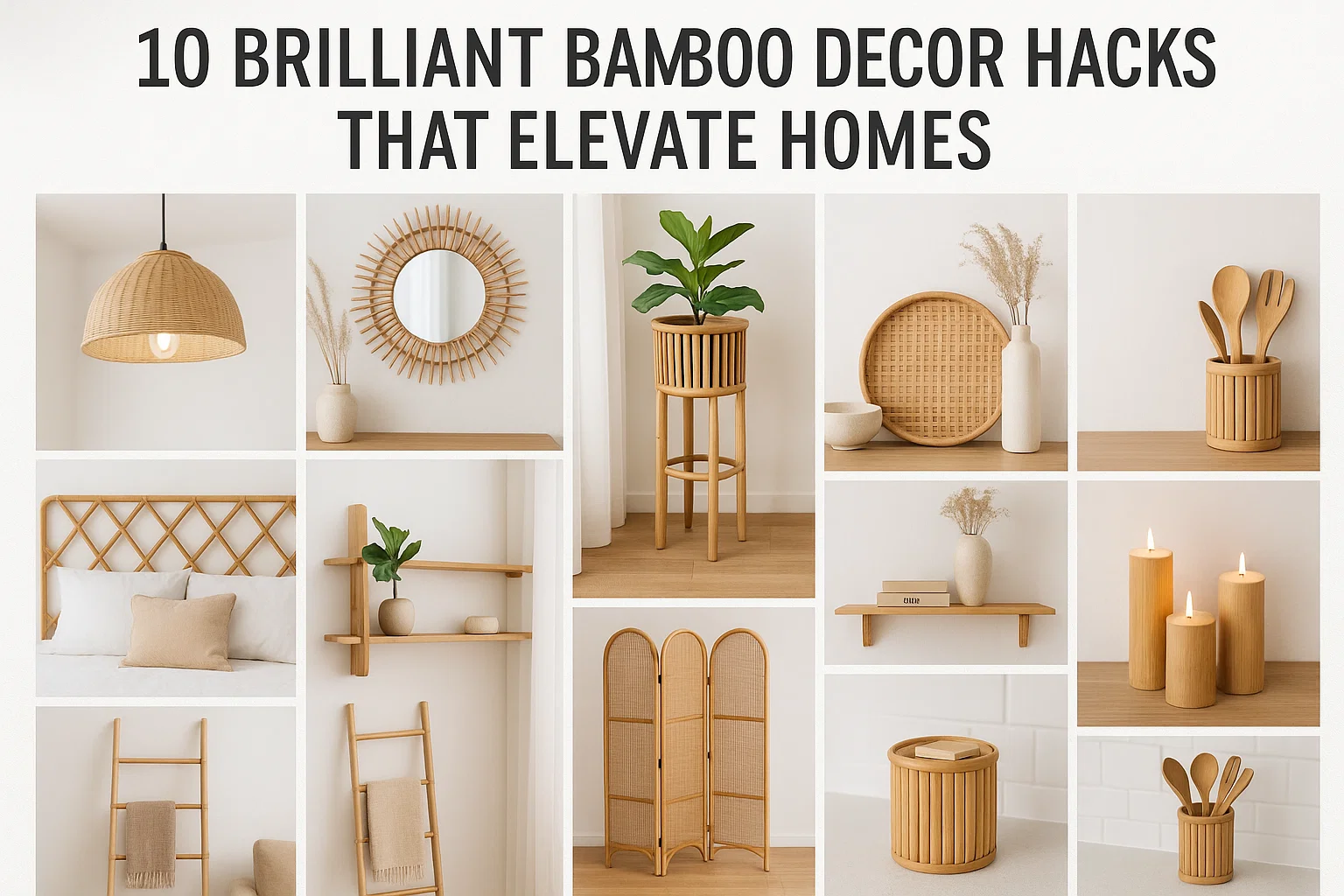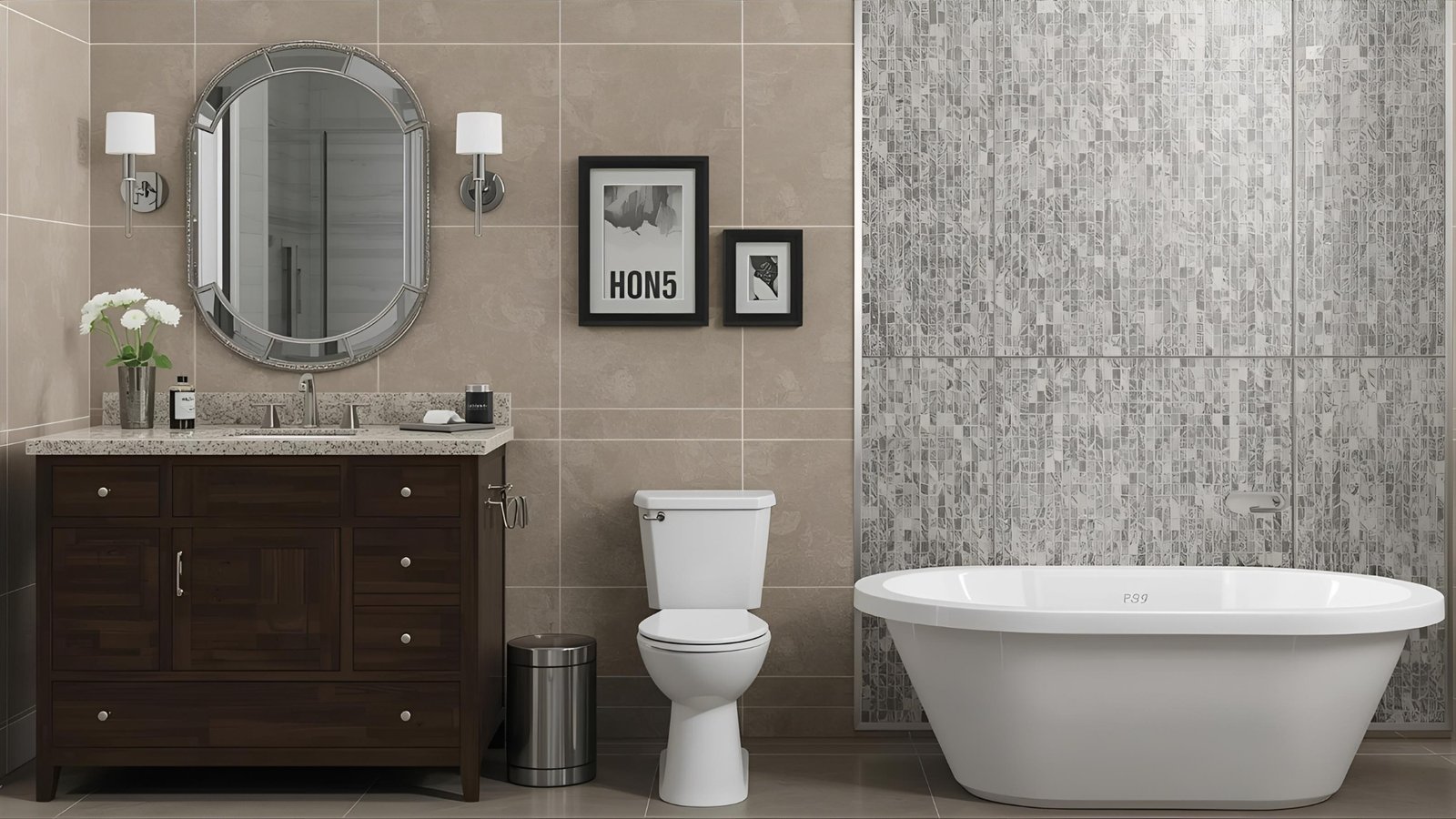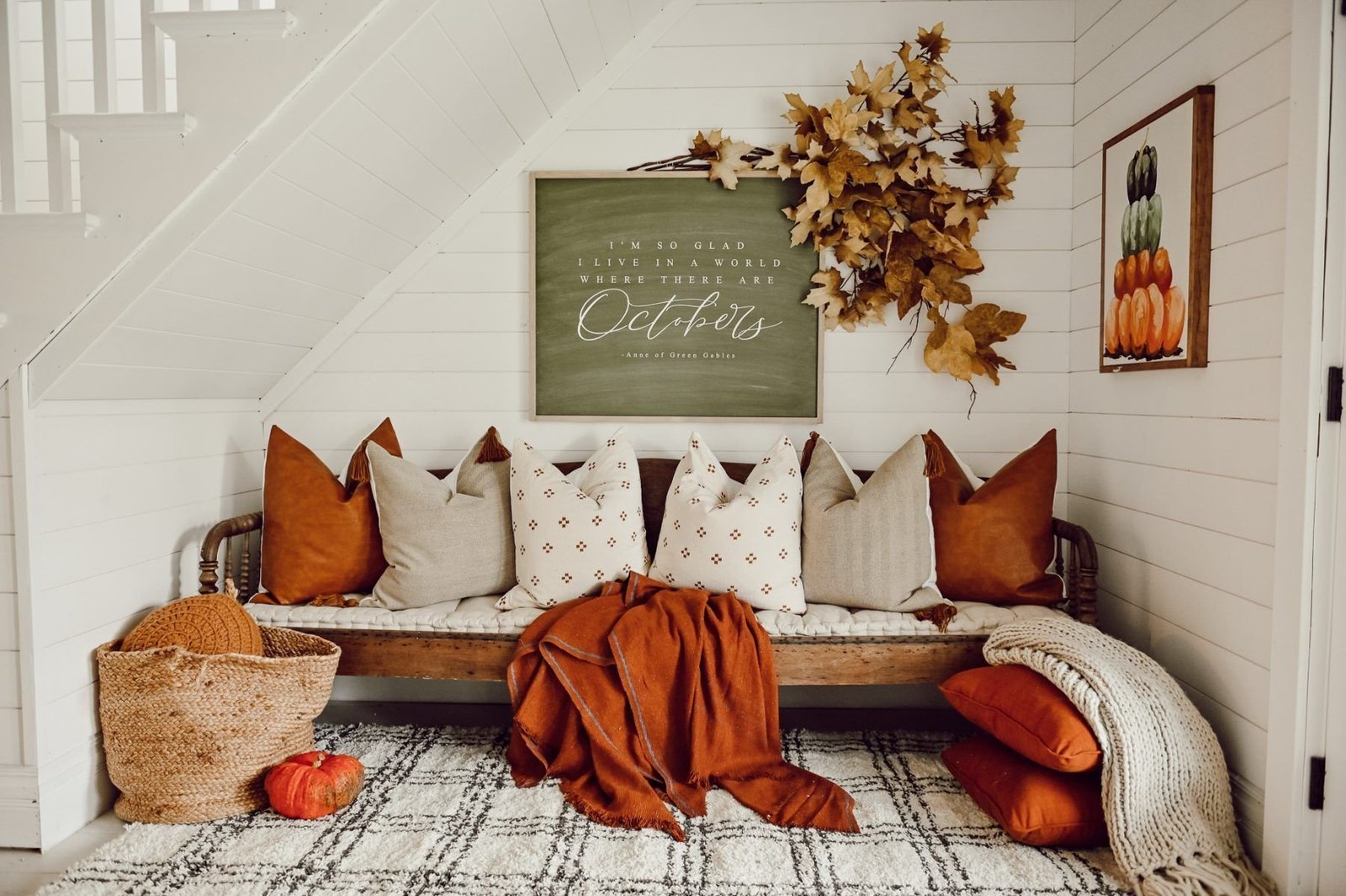
Ever wished you could escape to a peaceful sanctuary without leaving your home? Creating cozy rest corners is the perfect solution for busy lives and cramped spaces. Whether you’re working from a studio apartment or trying to carve out personal space in a shared home, a well-designed rest corner can become your daily dose of tranquillity. In just a few square feet, you can build a retreat that rivals any expensive spa – and I’m going to show you exactly how.
Why Every Home Needs a Cozy Rest Corner
Life moves fast, and our homes often reflect that chaos. Between work calls, family obligations, and endless to-do lists, we rarely have a dedicated space just for unwinding. That’s where small space relaxation corners come in.
I learned this lesson the hard way during my first apartment living experience. My 400-square-foot studio felt more like a storage unit than a home. Everything had multiple purposes – my dining table was also my desk, my bed doubled as a couch, and I had zero space that felt truly restful.
The turning point came when I created a tiny corner behind my bookshelf. Just a floor cushion, a small plant, and a reading lamp transformed that forgotten space into my daily escape pod. Within weeks, I noticed I was sleeping better, feeling less anxious, and looking forward to my evening wind-down routine.
The Mental Health Benefits
Research consistently shows that dedicated relaxation spaces can reduce cortisol levels by up to 23%. When you have a designated area for rest, your brain automatically associates that space with calm, making it easier to relax when you need it most.
Key benefits include:
- Reduced stress and anxiety levels
- Improved sleep quality
- Better focus and productivity
- Enhanced creativity and problem-solving
- Stronger sense of home ownership and pride
9 Cozy Rest Corner Ideas That Work
The Classic Reading Nook
Budget: $50-150
Space needed: 3×3 feet minimum
The reading nook remains popular because it works. Start with a comfortable chair – even a simple wooden chair becomes cozy with the right cushions. Add a side table for your coffee and books, plus a reading lamp with warm lighting.
Tip: Position your reading corner near a window if possible. Natural light during the day makes the space feel larger, while the window view gives your eyes a place to rest between chapters.
Floor Cushion Meditation Corner
Budget: $30-80
Space needed: 2×2 feet minimum
This is perfect for tiny space wellness areas. Layer different textures – a jute rug as your base, then a soft throw, topped with meditation cushions in calming colors. Add a small wooden tray for candles or essential oils. I’ve used this setup in three different apartments, and it’s incredibly versatile. During the day, it’s a meditation space. In the evening, it becomes a cozy spot for stretching or journaling.
Window Seat Transformation
Budget: $40-120
Space needed: Existing window ledge
If you have a window with a wide sill, you’re halfway to a perfect rest corner. Add a thin mattress or cushions along the ledge, throw in some pillows, and hang lightweight curtains for privacy when needed. This works especially well in bedrooms or living rooms where floor space is premium. The elevated position gives you a different perspective on your room while keeping foot traffic flowing underneath.
Corner Hammock Haven
“Budget: $60-200
Space needed: Two adjacent walls”
Indoor hammocks aren’t just for patios anymore. Modern corner hammocks can support up to 300 pounds and are installed with simple wall anchors. Surround the area with hanging plants and string lights for instant bohemian relaxation vibes.
Safety note: Always use appropriate wall anchors rated for your wall type. Drywall anchors work for lighter hammocks, but heavier versions need wall studs.
Closet Conversion Rest Pod
Budget: $80-200
Space needed: Standard closet
This might sound extreme, but converting an underused closet into a rest corner is genius for small apartment rest solutions. Remove the closet doors, add battery-powered LED strips for lighting, and create seating with storage ottomans. My friend Sarah did this in her New York studio, and it became the most photographed corner of her apartment. Guests were always amazed at how spacious and inviting a former closet could feel.
Multi-Level Plant Corner
Budget: $70-180
Space needed: 2×3 feet
Combine rest with natural air purification by creating a green corner sanctuary. Use plant stands of different heights to create visual layers, then nestle a small stool or floor cushion among the greenery.
Best plants for beginners:
- Snake plants (low light, low maintenance)
- Pothos (trailing vines, air-purifying)
- Peace lilies (beautiful flowers, medium light)
- ZZ plants (nearly indestructible)
Vintage Trunk Setup
Budget: $90-250
Space needed: 3×2 feet
A vintage trunk serves triple duty – seating, storage, and style statement. Top it with a cushion for comfort, use the interior for storing blankets and books, and surround it with vintage-inspired accessories. This works particularly well in eclectic small space designs where you want personality without clutter. The trunk can hold seasonal decorations, extra pillows, or anything else that doesn’t have a permanent home.
Suspended Chair Corner
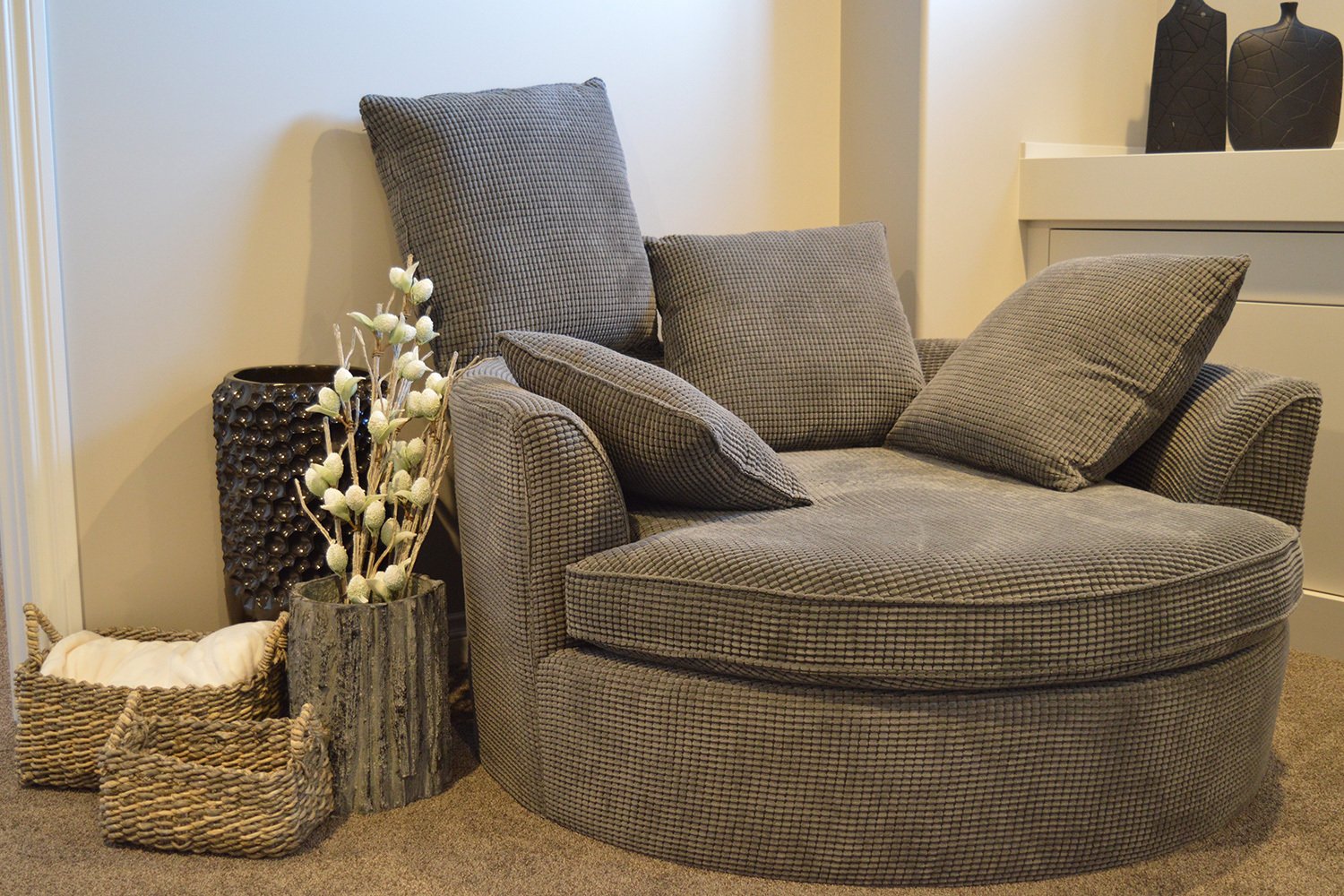
Budget: $120-300
Space needed: 3×3 feet + ceiling clearance
Hanging chairs create instant focal points and save floor space. Modern versions come with their stands, so no ceiling installation required. Add a small side table and some throw pillows for the complete luxury relaxation experience.
Weight considerations: Most suspended chairs handle 250-300 pounds, but always check manufacturer specifications before purchasing.
Minimalist Floor Setup
Budget: $25-60
Space needed: 2×4 feet
Sometimes, simple is best. A quality yoga mat, one perfect pillow, and a small wooden tray for tea or books create an incredibly peaceful, minimalist rest zone. This approach works well in modern or Scandinavian-inspired spaces. The beauty of minimalist corners is their flexibility. You can easily move components around, try different configurations, or pack everything away when needed.
Rest Corner Design Trends: 2025 Style Analysis
| Trend | Popularity | Budget Range | Best For |
|---|---|---|---|
| Japandi Style | ⭐⭐⭐⭐⭐ | $80-200 | Minimalist lovers |
| Bohemian Layers | ⭐⭐⭐⭐ | $60-180 | Texture enthusiasts |
| Scandinavian Clean | ⭐⭐⭐⭐⭐ | $70-150 | Small spaces |
| Industrial Minimal | ⭐⭐⭐ | $90-250 | Modern apartments |
| Vintage Eclectic | ⭐⭐⭐⭐ | $50-200 | Personality seekers |
Essential Elements for Any Rest Corner
Lighting That Soothes
Harsh overhead lighting kills the cosy vibe instantly. Instead, layer your lighting:
- Primary: Soft table or floor lamp (warm white, 2700K)
- Accent: String lights or candles
- Natural: Position near windows when possible
Comfortable Seating Options
Your seating choice determines how much time you’ll spend in your corner. Consider your preferred relaxation position – do you like to curl up, stretch out, or sit upright? Match your furniture to your habits.
Storage Solutions
Hidden storage prevents clutter from creeping into your peaceful space. Ottoman storage, floating shelves, or a small basket can hold books, blankets, and relaxation accessories without visual chaos.
Personal Touches
This is where your rest corner becomes uniquely yours. Maybe it’s a collection of favourite books, a plant your grandmother gave you, or artwork that makes you smile. These personal elements transform a corner from “nice” to “essential.”
Budget-Friendly DIY Tips
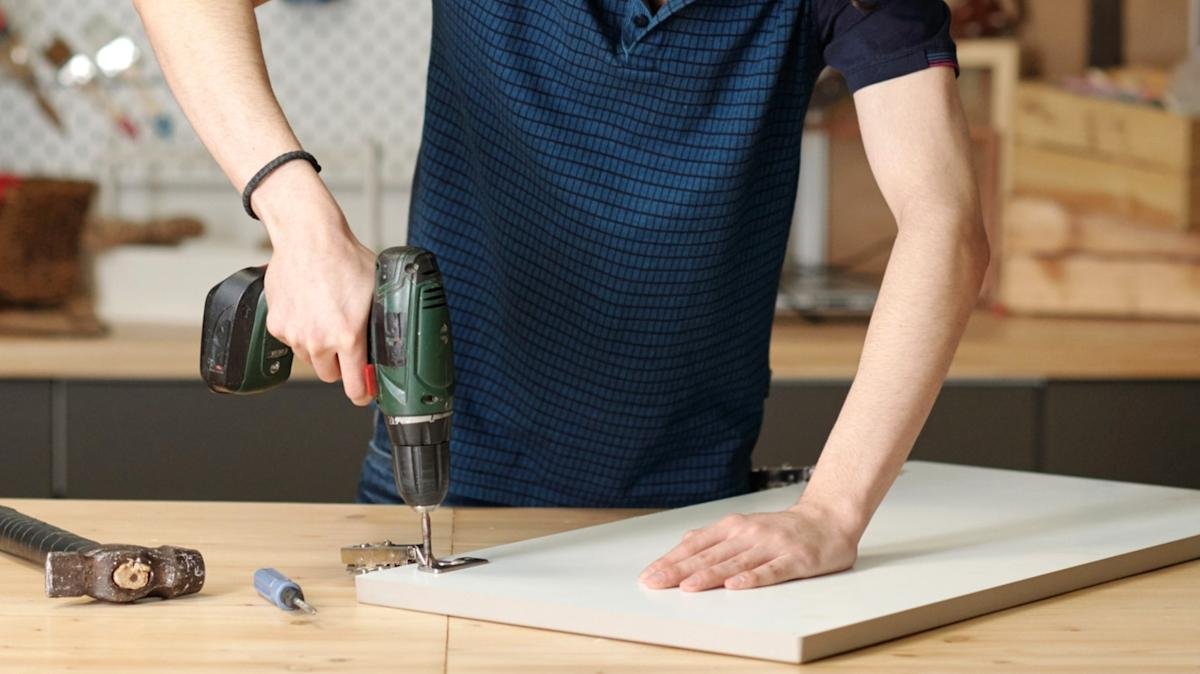
Repurpose What You Own
Before buying anything new, look around your home. That ottoman gathering dust? Perfect corner seating. Extra throw pillows? Instant comfort. Old scarves? Beautiful window treatments.
Thrift Store Treasures
Some of my favourite rest-of-the-couch pieces came from thrift stores:
- Vintage wooden trays ($3-8)
- Unique floor lamps ($10-25)
- Interesting cushions and pillows ($2-12)
- Small side tables ($15-40)
DIY Projects Worth Trying
Simple Floor Cushions: Buy foam inserts and fabric, then sew basic cushion covers. Total cost: $15-30 per cushion versus $40-80 retail.
Floating Corner Shelf: Install a corner shelf bracket and a wooden board for books and decorations. Cost: $20-35 versus $60-100 for ready-made options.
Common Mistakes to Avoid
Over-Decorating
I see this constantly – people get excited about creating their rest corner and add too many elements. The result feels cluttered rather than calming. Start with the basics and add gradually.
Wrong Scale Furniture
A huge armchair in a tiny corner feels overwhelming, while a tiny cushion in a spacious area looks lost. Measure your space and choose proportional furniture.
Ignoring Traffic Flow
Don’t place your resting corner where people constantly walk through. Even subconsciously, the foot traffic prevents true relaxation.
Poor Lighting Placement
Overhead lighting directly above seating creates unflattering shadows and a harsh atmosphere. Position lamps to the side or behind your seating for an ambient glow.
Maintenance and Seasonal Updates
Weekly Maintenance (5 minutes)
- Fluff cushions and fold throws neatly
- Dust surfaces and water plants
- Remove any clutter that’s accumulated
- Check that the lighting still works properly
Seasonal Refreshes
Spring: Add fresh flowers, lighter fabrics, brighter cushions. Summer: Incorporate cooling elements like bamboo, linen textures. Fall: Introduce warmer colors, heavier blankets, and seasonal scents. Winter: Focus on maximum coziness with layers, warm lighting. These simple changes keep your rest corner feeling fresh and aligned with your mood throughout the year.
Making Small Spaces Work Harder
Vertical Space Utilization
When floor space is limited, think vertically. Wall-mounted floating shelves, hanging planters, and vertical storage maximise your corner’s functionality without consuming precious square footage.
Multi-Functional Pieces
Every item in a small rest corner should ideally serve multiple purposes:
- Storage ottomans provide seating and organisation
- Nesting tables adapt to different needs
- Floor pillows work for seating or back support
- Throw blankets add warmth, colour, and texture
Colour Psychology for Relaxation
Calming colours scientifically proven to reduce stress:
- Soft blues (lower blood pressure)
- Gentle greens (reduce eye strain)
- Warm neutrals (create security feelings)
- Lavender tones (promote sleep quality)
Avoid bright reds, harsh oranges, or stark whites in your rest corner – these colours energise rather than calm.
Technology Integration Done Right
Smart Lighting Controls
programmable LED bulbs transform your rest corner’s ambience throughout the day. Adjust brightness and colour temperature effortlessly – use cooler tones for energising morning reading sessions and switch to warmer, softer tones for peaceful evening relaxation. This automated lighting creates the perfect atmosphere for any time of day.
Sound Management
Consider your corner’s acoustic environment. Soft furnishings absorb sound naturally, but you might add:
- Small Bluetooth speaker for relaxing music
- White noise machine for consistent ambiance
- Sound-absorbing wall panels if noise is an issue
Digital Boundaries
Conclusion
Creating cozy rest corners isn’t about having perfect furniture or unlimited budgets – it’s about intentionally designing space for your mental well-being. Whether you choose a simple floor cushion setup or an elaborate reading nook, the important thing is making it yours. Start small, experiment with different arrangements, and don’t be afraid to change things up seasonally. Your rest corner should evolve with your needs and preferences.
FAQs
Q: How much space do I need for a cozy rest corner?
You can create a functional rest corner in as little as 2×2 feet. The key is choosing appropriately scaled furniture and keeping the design simple. Floor cushions work better than chairs in extremely tight spaces.
Q: What’s the ideal lighting for a relaxation corner?
Warm, soft lighting between 2700K-3000K works best. Avoid overhead lighting directly above seating. Instead, use table lamps, floor lamps, or string lights positioned to create an ambient glow rather than task lighting.
Q: How do I make a rest corner work in a shared living space?
Use visual dividers like room screens, curtains, or tall plants to create privacy. Choose colours and styles that complement your existing decor, and consider portable elements you can easily move when the space needs to serve other functions.
Q: Can I create a rest corner on a $50 budget?
Absolutely! Start with floor cushions ($15-25), add a throw blanket ($10-15), include a small plant ($8-12), and use battery-powered string lights ($10-15). Focus on comfort over appearance initially, then upgrade pieces gradually.
Q: How do I maintain a rest corner with pets or children?
Choose washable fabrics, avoid breakable decorations, and ensure all elements are safe for curious hands or paws. Storage ottomans help quickly tidy the space, and indoor plants should be non-toxic varieties.

